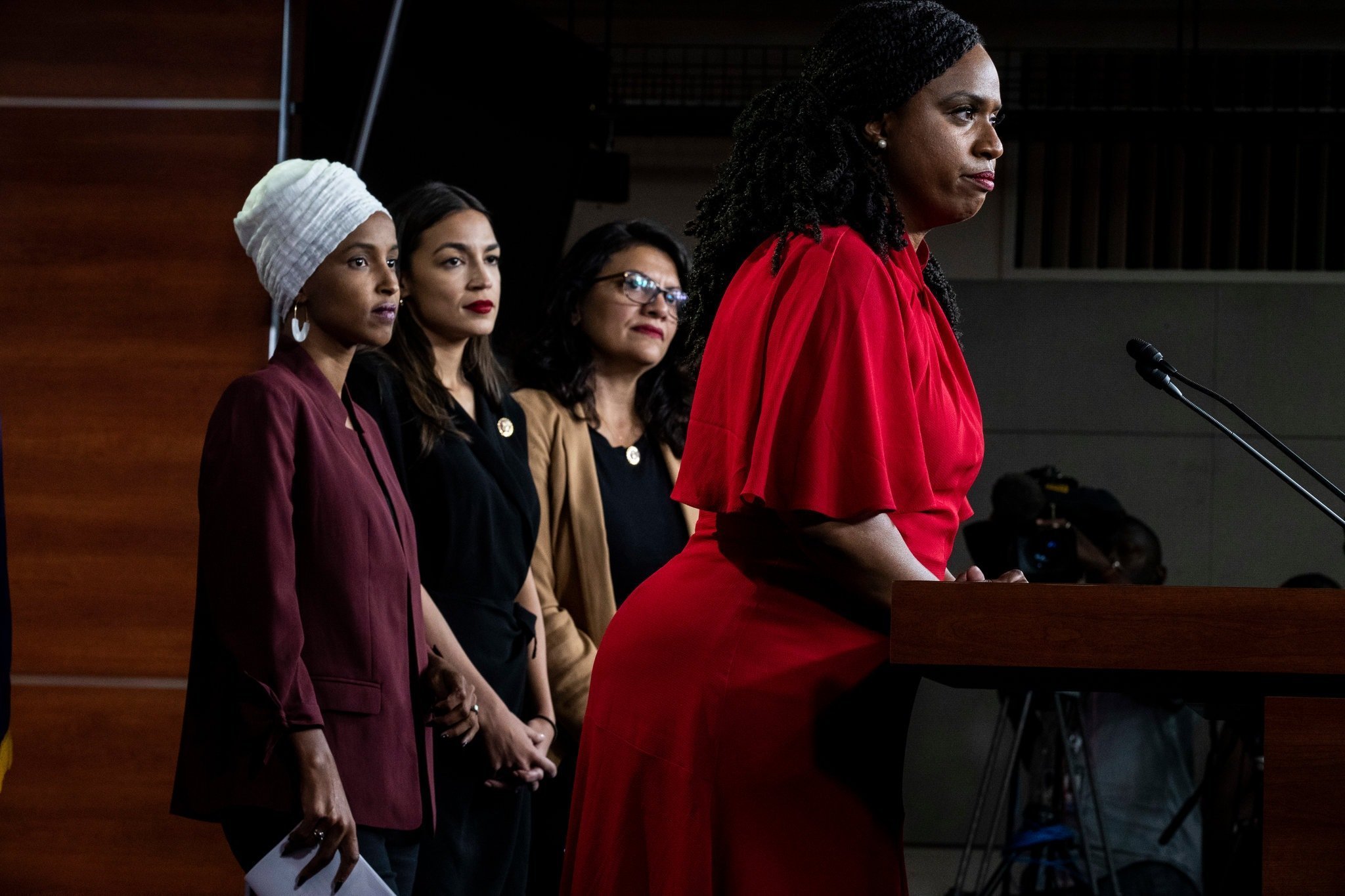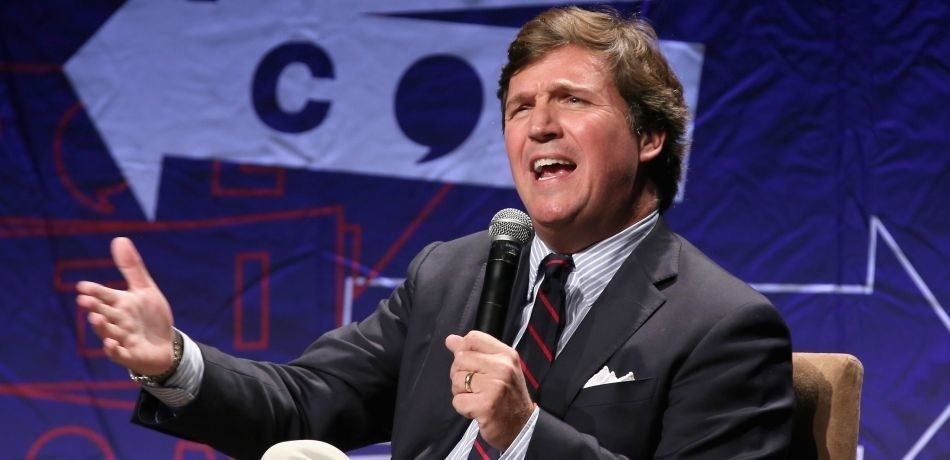
Donald Trump Is Encouraging His Supporters to Spread Death

Why Politics Feel Personal in 2020

Visionaries Project: An Interview With Sherronda J. Brown

Jeffrey Epstein’s Exorbitant Lifestyle: Private Islands, Conspiracy Theories, and Networks of Corruption

How the Republican Party Has Endangered People of Color (This Week, Anyway)

